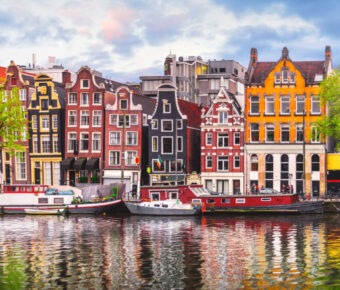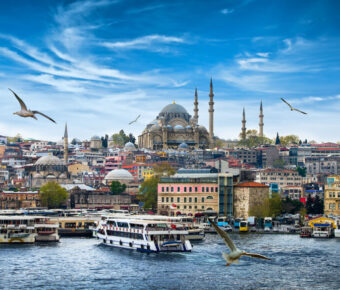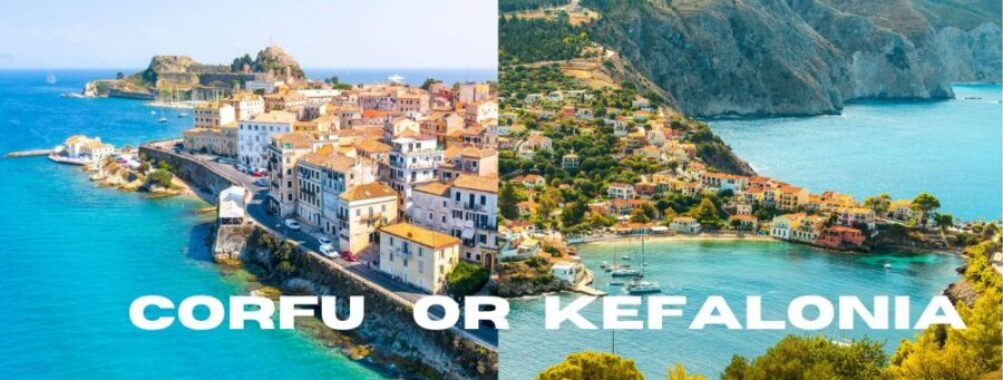
Corfu vs Kefalonia: Which Greek Paradise Offers the Ultimate Island Experience in 2025
Choosing between Corfu and Kefalonia can feel like picking between two slices of paradise in the Ionian Sea. These Greek islands each offer crystal-clear waters and stunning beaches, yet they have distinct personalities that set them apart.
For travelers seeking the perfect Greek island experience in 2025, Corfu is ideal for those who want more tourist infrastructure and nightlife, while Kefalonia appeals to visitors craving a quieter, more authentic Greek atmosphere with fewer crowds. The islands sit at opposite ends of the Ionian chain, with Corfu in the north and Kefalonia in the south.
These beautiful islands showcase different sides of Greek culture. Corfu features Venetian architecture and buzzing resort towns, while Kefalonia charms visitors with its dramatic mountains and peaceful fishing villages. Both islands make wonderful vacation spots – the choice comes down to personal travel style and what kind of Greek adventure you’re after.
Contents
- Geographic Overview
- Comparing Island Sizes
- Location in the Ionian Sea
- Topography and Nature
- Climate Comparisons
- Cultural and Historical Insights
- Historical Landmarks of Corfu
- Kefalonia’s Rich History
- Cultural Events and Festivals
- Beaches and Natural Attractions
- Corfu’s Pristine Beaches
- Kefalonia’s Famous Shores
- Unique Natural Phenomena
- Secluded Spots and Hidden Gems
- Outdoor Adventures and Activities
- Trekking Trails in Kefalonia
- Water Sports in Corfu
- Nature Exploration and National Parks
- Culinary Experiences
- Local Delicacies in Corfu
- Traditional Cuisine of Kefalonia
- Travel Planning and Tips
- Best Time to Visit
- Getting There and Around
- Where to Stay
- Nightlife and Social Scene
- Vibrant Nightlife in Corfu
- Kefalonia’s Relaxed Evenings
- Frequently Asked Questions
- What are the main differences in terms of attractions and activities between Corfu and Kefalonia?
- Which island offers a better cost of living for expatriates, Corfu or Kefalonia?
- How do the climates compare year-round between Corfu and Kefalonia?
- In terms of nightlife, how does Corfu’s party scene contrast with Kefalonia’s?
- Considering the cultural heritage, which island provides a more authentic Greek experience, Corfu or Kefalonia?
- How has tourism development affected the natural charm of Kefalonia in comparison to Corfu?
- More Travel Guides
Geographic Overview
Corfu and Kefalonia stand apart as distinct jewels in the Ionian Sea, each with unique landscapes and natural features. The islands showcase different personalities through their sizes, locations, and striking terrain.
Comparing Island Sizes
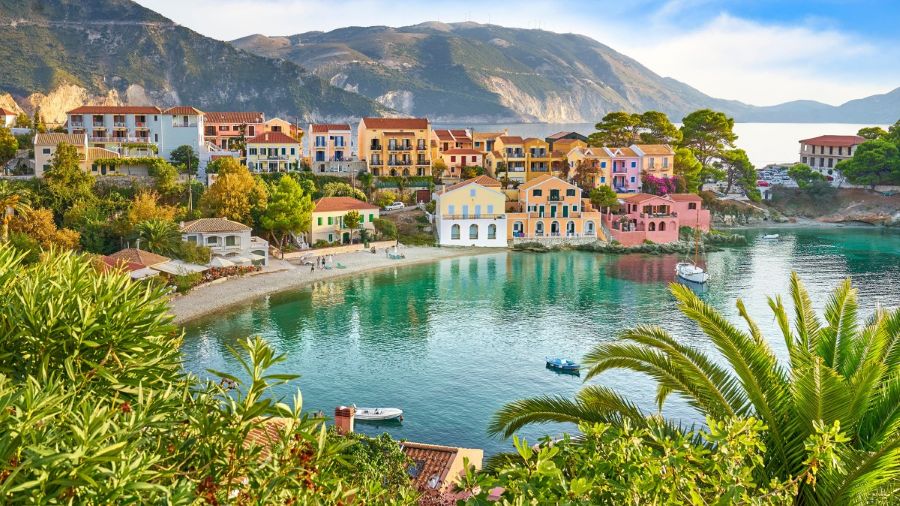
Kefalonia ranks as the largest Ionian island at 781 square kilometers. Its size creates room for diverse landscapes and hidden spots to explore.
Corfu takes second place with 592 square kilometers. The island packs plenty of variety into a more compact space.
Both islands offer enough space to spend weeks exploring without seeing everything. Their sizes let them support good road networks and many small villages.
Location in the Ionian Sea

Kefalonia sits in the southern part of the Ionian Sea. The island’s position makes it perfect for island-hopping to Ithaca and Zakynthos.
Corfu lies at the northern edge of the Ionian Islands. Its location near Albania and mainland Greece gives it a unique mix of cultural influences.
The distance between the two islands is about 400 kilometers by sea. This explains their different weather patterns and cultural touches.
Topography and Nature

Mount Ainos dominates Kefalonia’s landscape, reaching 1,628 meters high. Pine forests cover its slopes, creating homes for rare black mountain goats.
Corfu features gentler hills and mountains. The highest point, Mount Pantokrator, rises to 906 meters.
Both islands share:
- Rocky coastlines
- Hidden coves
- Limestone cliffs
- Pine forests
- Olive groves
Climate Comparisons
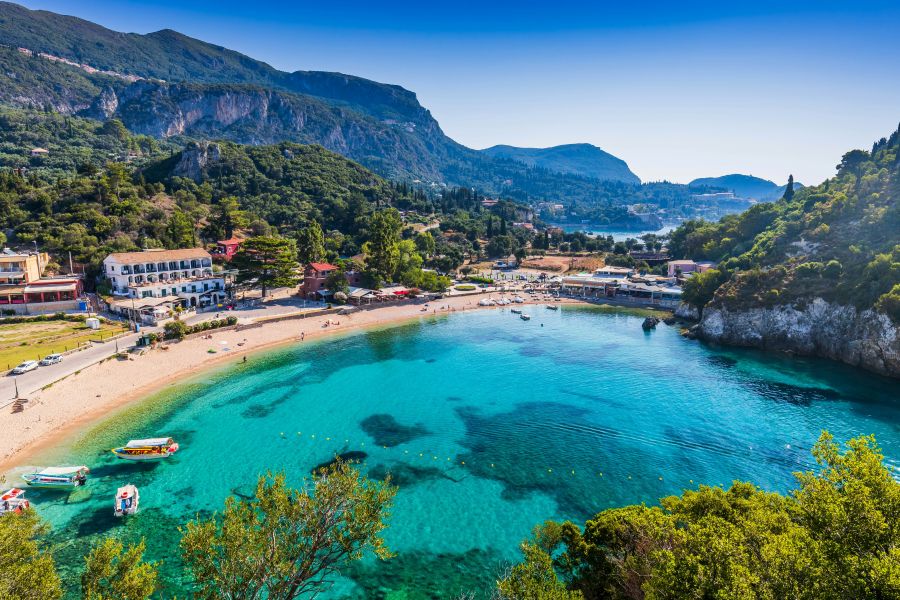
Kefalonia enjoys hot summers and mild winters. The island gets most of its rain from November to March.
Corfu sees more rainfall throughout the year. This creates lusher vegetation and greener landscapes.
Summer temperatures on both islands range from 25-35°C (77-95°F). Spring and fall bring perfect hiking weather with temperatures around 20°C (68°F).
The swimming season runs longer in Kefalonia thanks to warmer sea temperatures in early fall.
Cultural and Historical Insights
The Ionian islands of Corfu and Kefalonia showcase distinct cultural identities shaped by centuries of Greek, Venetian, British, and French influences. Each island preserves its heritage through unique architectural landmarks, time-honored traditions, and vibrant festivals.
Historical Landmarks of Corfu

Corfu Town stands as a UNESCO World Heritage site, with its maze of narrow streets reflecting Venetian architectural beauty. The stunning Achilleion Palace, built for Empress Elisabeth of Austria in 1890, offers a glimpse into royal history with its Greek mythology-inspired design.
The Old Fortress dates back to Byzantine times and played a key role in defending the island from Ottoman invasions. Its walls house several museums that showcase local art and artifacts.
The Liston arcade, built during French rule, mirrors Paris’s Rue de Rivoli. This elegant promenade features distinct arches and serves as a social hub for locals and visitors alike.
Kefalonia’s Rich History
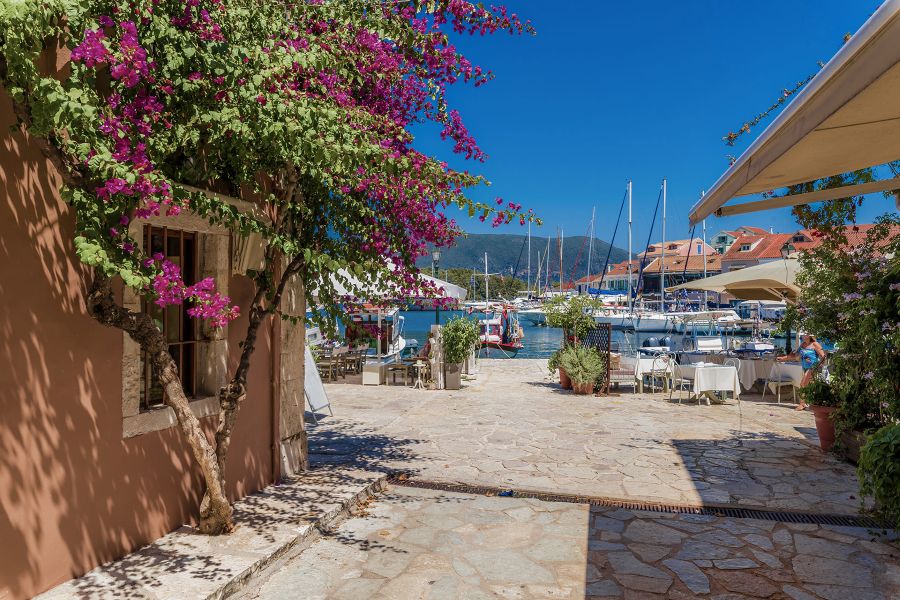
Fiskardo remains the only village untouched by the 1953 earthquake, preserving its authentic Venetian architecture. The colorful houses and traditional fishing boats create a living museum of island life.
The ancient Assos Castle sits on a rocky peninsula, providing spectacular views and insights into 16th-century military architecture. Its ruins tell stories of strategic defense against pirates.
Argostoli, the island’s capital, houses the Korgialenio History and Folk Museum. The museum displays local costumes, photographs, and artifacts that paint a picture of pre-earthquake Kefalonia.
Cultural Events and Festivals
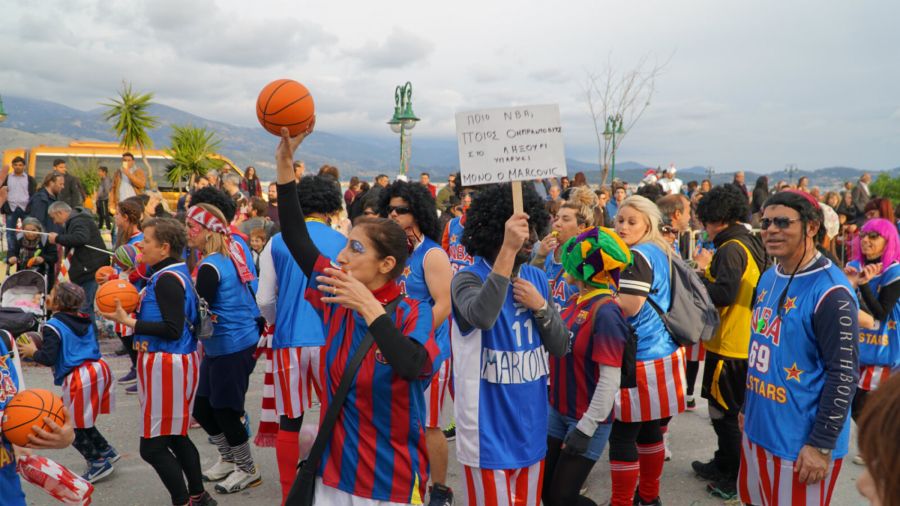
Saint Spyridon celebrations in Corfu feature grand processions and musical performances. The saint’s relics are carried through streets four times yearly, drawing thousands of participants.
Kefalonia’s August Snake Festival sees small snakes appear at the Church of the Virgin in Markopoulo. Local legend connects these snakes to miracles and blessings.
Both islands celebrate Easter with unique customs. Corfu’s pot-throwing tradition fills streets with flying clay pots, while Kefalonia marks the occasion with candlelit processions and traditional feasts.
Religious festivals called panegyria happen throughout summer months. These events bring communities together with traditional music, dance, and local delicacies.
Beaches and Natural Attractions
The Ionian islands of Corfu and Kefalonia offer stunning coastlines and natural wonders that make them top destinations for beach lovers and nature enthusiasts. From crystal-clear waters to dramatic limestone cliffs, each island has its own unique coastal character.
Corfu’s Pristine Beaches
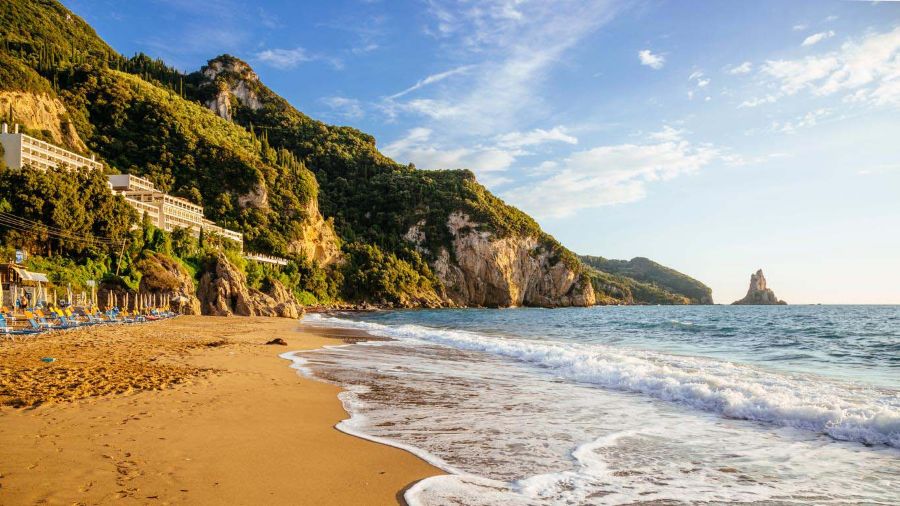
Palaiokastritsa stands out as Corfu’s crown jewel, with six beaches nestled between rocky coves. The turquoise waters and olive-covered cliffs create a picture-perfect setting.
Agios Gordios beach stretches for a mile along the west coast. Its golden sand and calm waters make it perfect for families. The massive rock formation at one end adds dramatic flair.
The north coast features pebbly beaches with clear waters ideal for snorkeling. Canal d’Amour near Sidari amazes visitors with its unique rock formations and hidden caves.
Kefalonia’s Famous Shores

Myrtos Beach ranks among Greece’s most photographed spots. The white pebble beach curves between steep cliffs, with waters that shift from turquoise to deep blue.
Antisamos Beach near Sami offers excellent swimming in crystal waters. The surrounding green hills create a natural amphitheater effect.
The resort area of Lassi provides sandy beaches perfect for water sports. Makris Gialos and Platis Gialos beaches here feature soft sand and shallow waters.
Unique Natural Phenomena
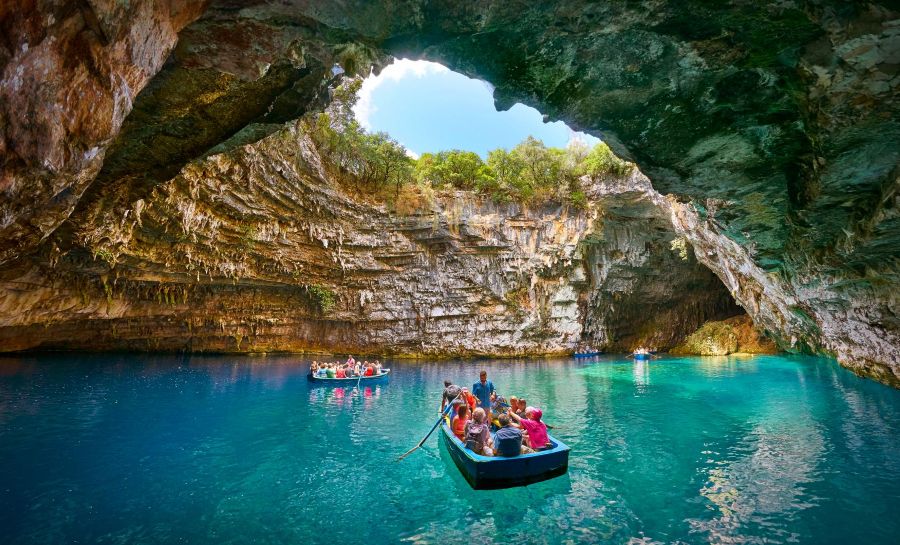
Melissani Lake dazzles visitors with its underground cave system. Sunlight streaming through the collapsed roof creates magical blue light effects on the water.
Mount Ainos National Park in Kefalonia hosts rare black pine forests and wild horses. The mountain trails lead to spectacular coastal views.
Corfu’s Lake Korission is a protected wetland where flamingos stop during migration. The nearby cedar forest and sand dunes create diverse ecosystems.
Secluded Spots and Hidden Gems
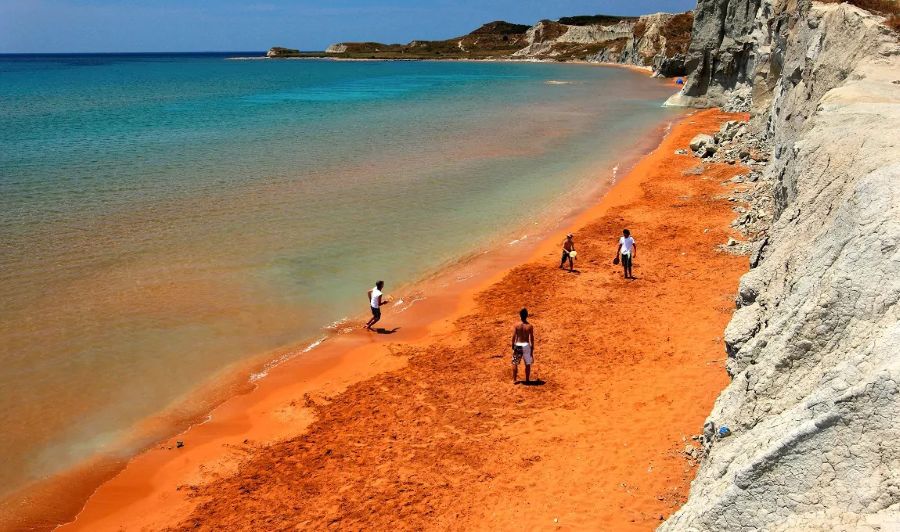
Xi Beach in Kefalonia stands out with its orange-red sand and white clay cliffs. Visitors often cover themselves in natural clay masks.
Porto Timoni in Corfu requires a short hike to reach but rewards with two pristine beaches on either side of a narrow peninsula.
Petani Beach in Kefalonia offers similar views to famous Myrtos but with fewer crowds. The winding road down provides breathtaking photo opportunities.
Outdoor Adventures and Activities
Both Kefalonia and Corfu offer incredible outdoor experiences, from rugged mountain trails to crystal-clear waters perfect for water sports. Each island brings its own unique blend of natural wonders and exciting activities.
Trekking Trails in Kefalonia

Mount Ainos National Park stands as the crown jewel of Kefalonia’s hiking scene. The mountain reaches 1,628 meters high, making it the tallest peak in the Ionian Islands.
The famous black pine forest trail takes trekkers through rare trees found nowhere else in the world. This 3-hour loop offers stunning views of the island and Ionian Sea.
Several marked paths wind through traditional villages and olive groves. The coastal paths near Skala reveal hidden coves and dramatic cliffs.
Water Sports in Corfu
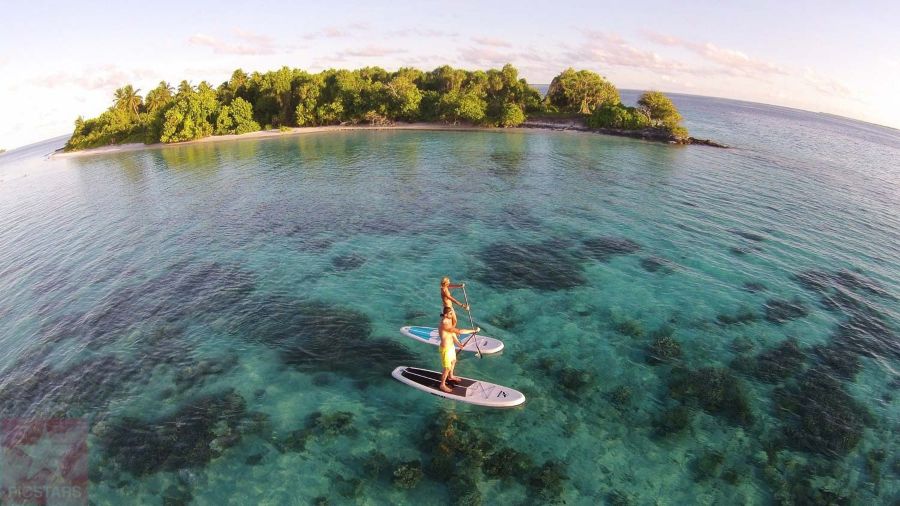
The warm waters around Corfu create perfect conditions for exciting water activities. Strong afternoon winds make Palaiokastritsa Beach a top spot for windsurfing and sailing.
Dassia Beach draws water sports fans with jet skiing and parasailing options. The calm morning waters work great for paddleboarding and kayaking.
Scuba diving reveals amazing underwater caves and marine life. Popular dive sites include Paleokastritsa’s caves and the Skliri reef.
Nature Exploration and National Parks
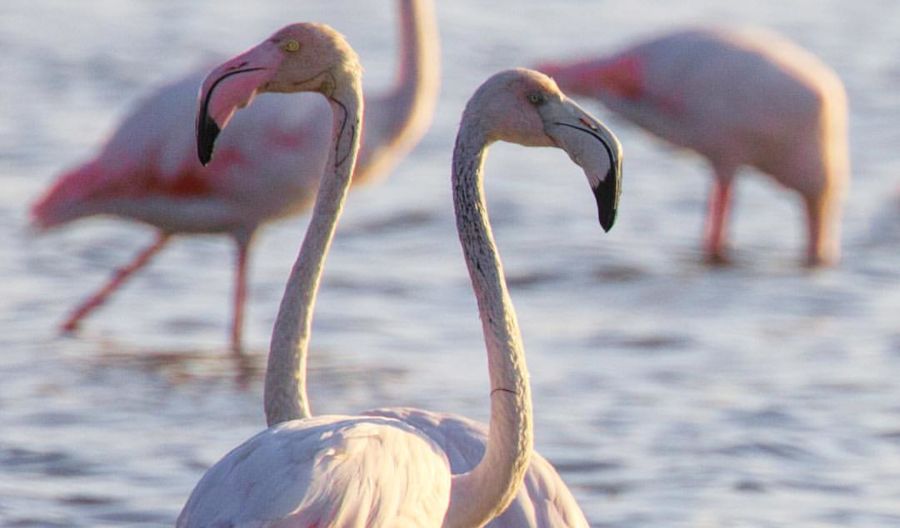
Mount Ainos protects rare plants and wildlife species unique to Kefalonia. Wild horses still roam free on the mountain slopes.
Corfu’s Lake Korission attracts bird watchers and nature photographers. The protected wetland serves as home to pink flamingos and other rare species.
Both islands feature marked nature trails with helpful signs about local flora and fauna. Spring brings stunning wildflower displays across the hillsides.
Culinary Experiences
The Greek islands of Corfu and Kefalonia offer distinct food experiences shaped by their unique histories and local ingredients. Each island takes pride in its fresh seafood, local olive oil, and traditional recipes passed down through generations.
Local Delicacies in Corfu
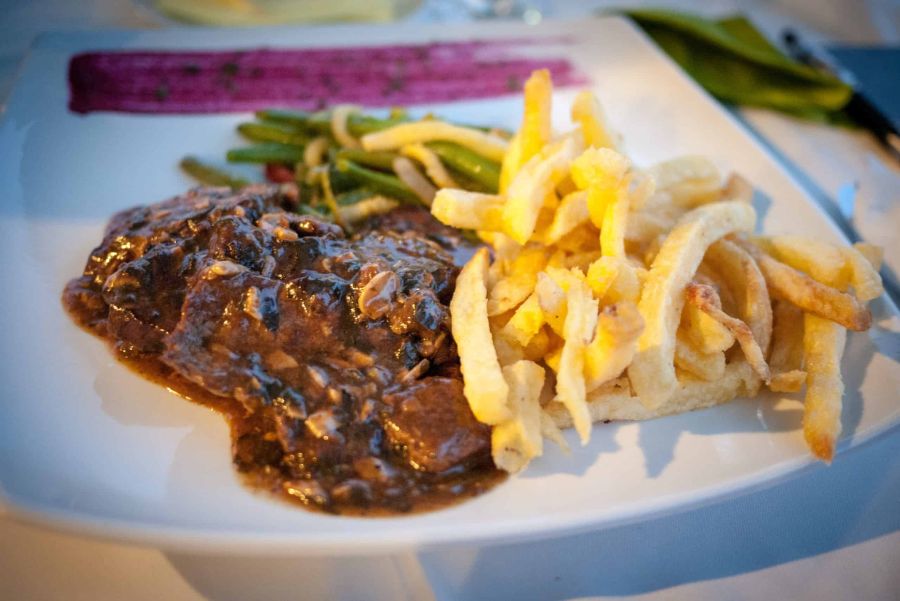
Corfu’s cuisine blends Greek and Venetian influences to create unique dishes you won’t find elsewhere. The island’s signature dish is Sofrito – tender veal cooked in white wine sauce with garlic and parsley.
Pastitsada, a rich pasta dish with rooster or beef in a spicy tomato sauce, shows up on many local tables. The spices used trace back to Corfu’s trading history.
Don’t miss Bourdeto, a spicy fish stew made with scorpion fish and red pepper. It’s a local favorite served in many family-run tavernas.
The local olive oil is lighter and more delicate than other Greek varieties. Many small producers offer tasting tours of their groves and pressing facilities.
Traditional Cuisine of Kefalonia
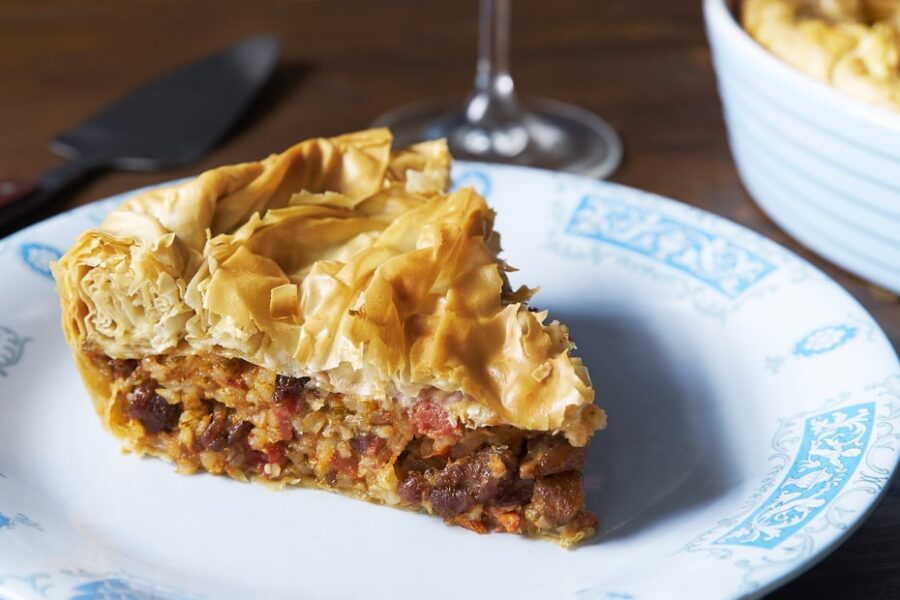
Kefalonia takes pride in its hearty meat dishes and unique cheese varieties. The star is Kefalonian meat pie, filled with tender meat, rice, and local herbs baked in a crispy crust.
Fresh catches like red mullet and octopus get simple preparations – grilled with olive oil and lemon. The seafood tavernas in fishing villages like Fiskardo serve them straight from boat to plate.
The island produces Robola wine, a crisp white that pairs perfectly with local dishes. Many vineyards welcome visitors for tastings.
Kefalonian cheese stands out, especially the tangy Kefalograviera. Local shepherds still make traditional dairy products like fresh mizithra cheese from sheep’s milk.
Travel Planning and Tips
Planning a trip to these beautiful Ionian islands takes careful consideration of timing, transportation, and places to stay. Different seasons bring unique experiences, and each island has specific ways to reach and explore them.
Best Time to Visit
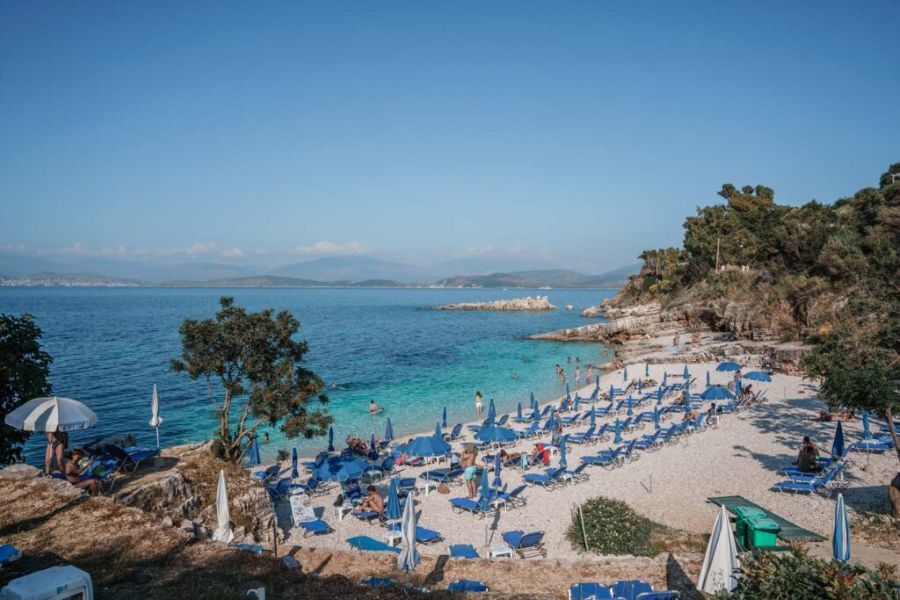
The peak tourist season runs from mid-June through August. Temperatures reach 85°F (29°C) with crowded beaches and higher prices for everything.
May and September make up the sweet spot for visiting. The weather stays warm and sunny, with fewer tourists and better deals on find vacation packages.
Spring brings wildflowers and mild temperatures perfect for hiking. The islands get quite rainy from November through February, with many businesses closed.
Getting There and Around
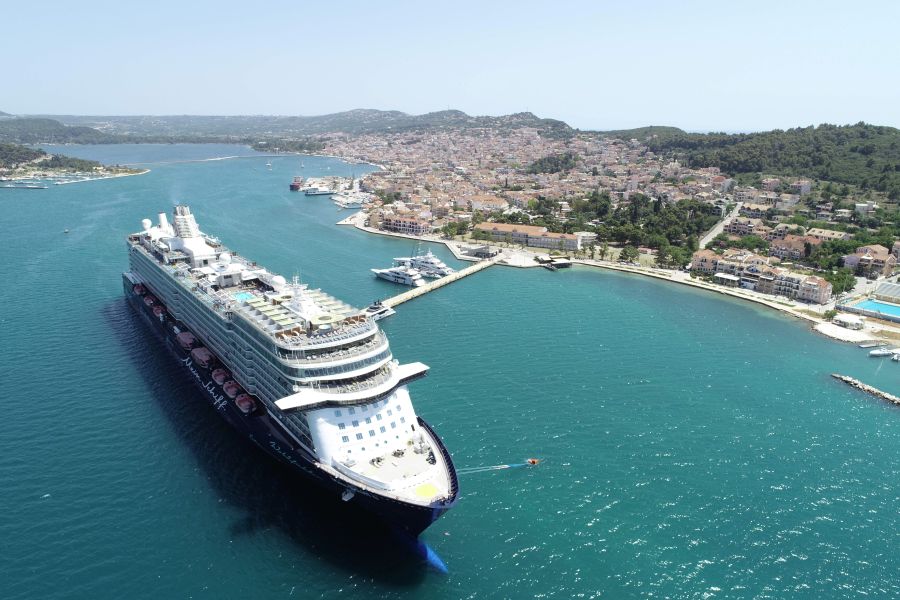
Both islands have international airports with direct flights from many European cities. You can search available flights from your location.
Ferry services connect the islands to mainland Greece and Italy. The trip from Athens takes 5-7 hours depending on the type of ferry.
Renting a car gives the most freedom to explore. The winding mountain roads need careful driving. Local buses run between major towns but have limited schedules.
Where to Stay

Both islands offer a mix of hotels and vacation rentals from budget to luxury. Book 3-6 months ahead for peak season.
Kefalonia’s popular areas include Skala, Fiskardo, and Assos. These towns have the best mix of beaches, dining, and activities nearby.
In Corfu, stay in Paleokastritsa for beaches and scenery. Corfu Town puts you close to historical sites. Kassiopi offers a quieter experience with great swimming spots.
Beach towns fill up first in summer. The inland villages give a more authentic Greek experience at lower prices.
Nightlife and Social Scene
The contrasting after-dark scenes of these Ionian islands create unique experiences. Corfu buzzes with energy and dancing until sunrise, while Kefalonia offers peaceful evenings perfect for relaxed dining and drinks.
Vibrant Nightlife in Corfu
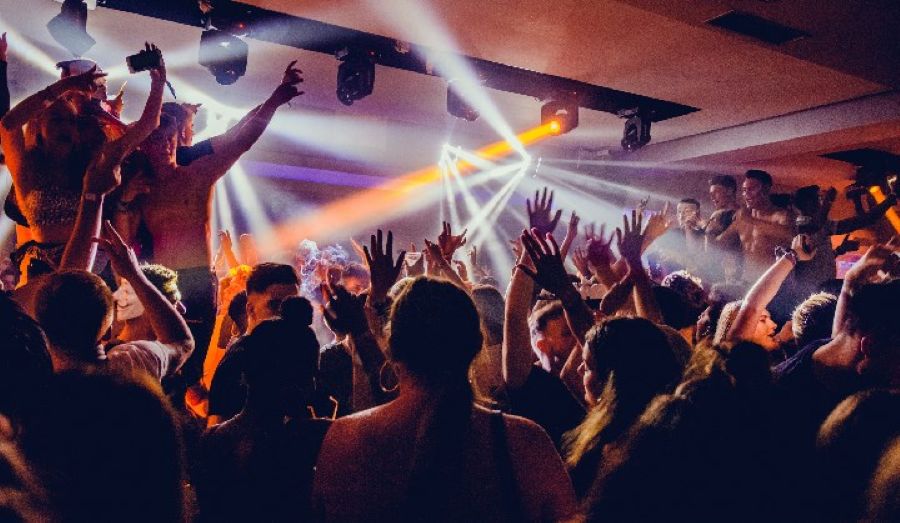
Kavos stands out as Corfu’s party capital, with dozens of bars and clubs packed along its famous strip. The music pumps until 6 AM during peak season, drawing young travelers ready to dance all night.
Clubs in Kavos feature international DJs, foam parties, and drink specials that keep the energy high. The atmosphere gets wild, especially between June and September.
Beyond Kavos, Corfu Town’s bars blend Greek and international music. Local spots serve cocktails and play live music until 2-3 AM. The old town’s narrow streets come alive with bar-hopping crowds.
Kefalonia’s Relaxed Evenings
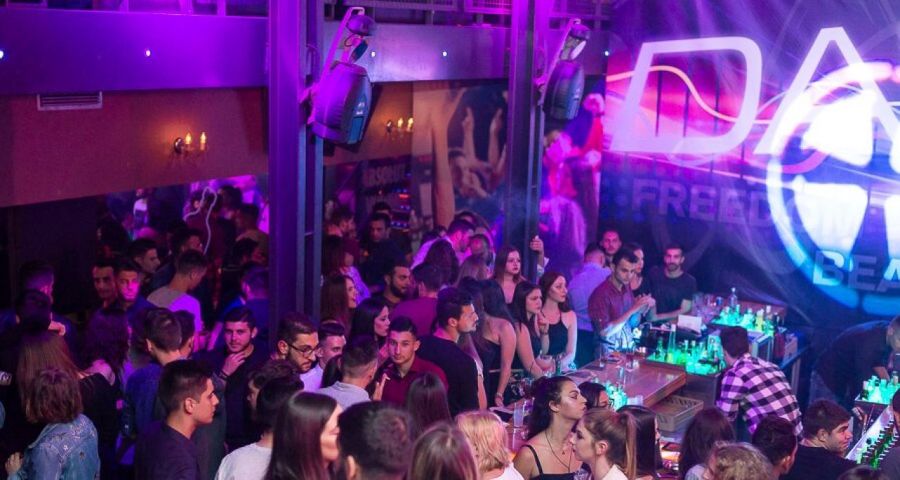
Argostoli, the main town, centers its nightlife around the waterfront. Small bars and tavernas serve local wines and play soft Greek music under the stars.
Fiskardo offers intimate wine bars where you can sip Robola – the island’s famous white wine. The marina fills with couples enjoying candlelit dinners and gentle sea breezes.
Live music in Kefalonia usually means traditional Greek bands playing in tavernas. The vibe stays mellow, perfect for long conversations over drinks.
Many visitors enjoy simple pleasures like sunset drinks on beach terraces. The pace matches the island’s laid-back character.
Frequently Asked Questions
These islands differ in key ways from tourism impact to cultural heritage, making each unique for different types of travelers and experiences.
What are the main differences in terms of attractions and activities between Corfu and Kefalonia?
Corfu offers more organized tourist attractions and historical sites, with its UNESCO-listed Old Town being a major draw. The island has lots of water parks, museums, and guided tours.
Kefalonia focuses on natural attractions like Myrtos Beach and Melissani Cave. The island excels in outdoor activities such as hiking, diving, and wine tasting at local vineyards.
Which island offers a better cost of living for expatriates, Corfu or Kefalonia?
Kefalonia tends to be more expensive for daily living costs, especially in tourist areas and when it comes to housing.
Corfu offers more budget-friendly options for long-term stays. The island’s larger size means more choices for housing and shopping, which helps keep prices competitive.
How do the climates compare year-round between Corfu and Kefalonia?
Corfu gets more rainfall, especially in winter months, which keeps the island lush and green. The temperatures stay mild, rarely dropping below 50°F (10°C).
Kefalonia enjoys more sunny days and less rainfall. Summers can be hotter and drier compared to Corfu, with temperatures often reaching 85°F (29°C).
In terms of nightlife, how does Corfu’s party scene contrast with Kefalonia’s?
Corfu boasts a livelier nightlife scene with numerous clubs, bars, and beach parties. The area around Kavos is famous for its wild party atmosphere.
Kefalonia offers a more laid-back evening scene. You’ll find casual tavernas, wine bars, and small music venues rather than big nightclubs.
Considering the cultural heritage, which island provides a more authentic Greek experience, Corfu or Kefalonia?
Kefalonia maintains strong traditional Greek customs and a more authentic island lifestyle. Local festivals and events stay true to their roots.
Corfu shows a unique blend of Greek, Venetian, and British influences. The architecture and food reflect this mixed heritage.
How has tourism development affected the natural charm of Kefalonia in comparison to Corfu?
Tourism development has heavily affected Corfu. Large resorts and busy tourist areas have changed parts of the coastline. Some beaches have become crowded and commercialized.
Kefalonia maintains more of its natural beauty and charm. The island has stricter building regulations and fewer large-scale tourist developments.

